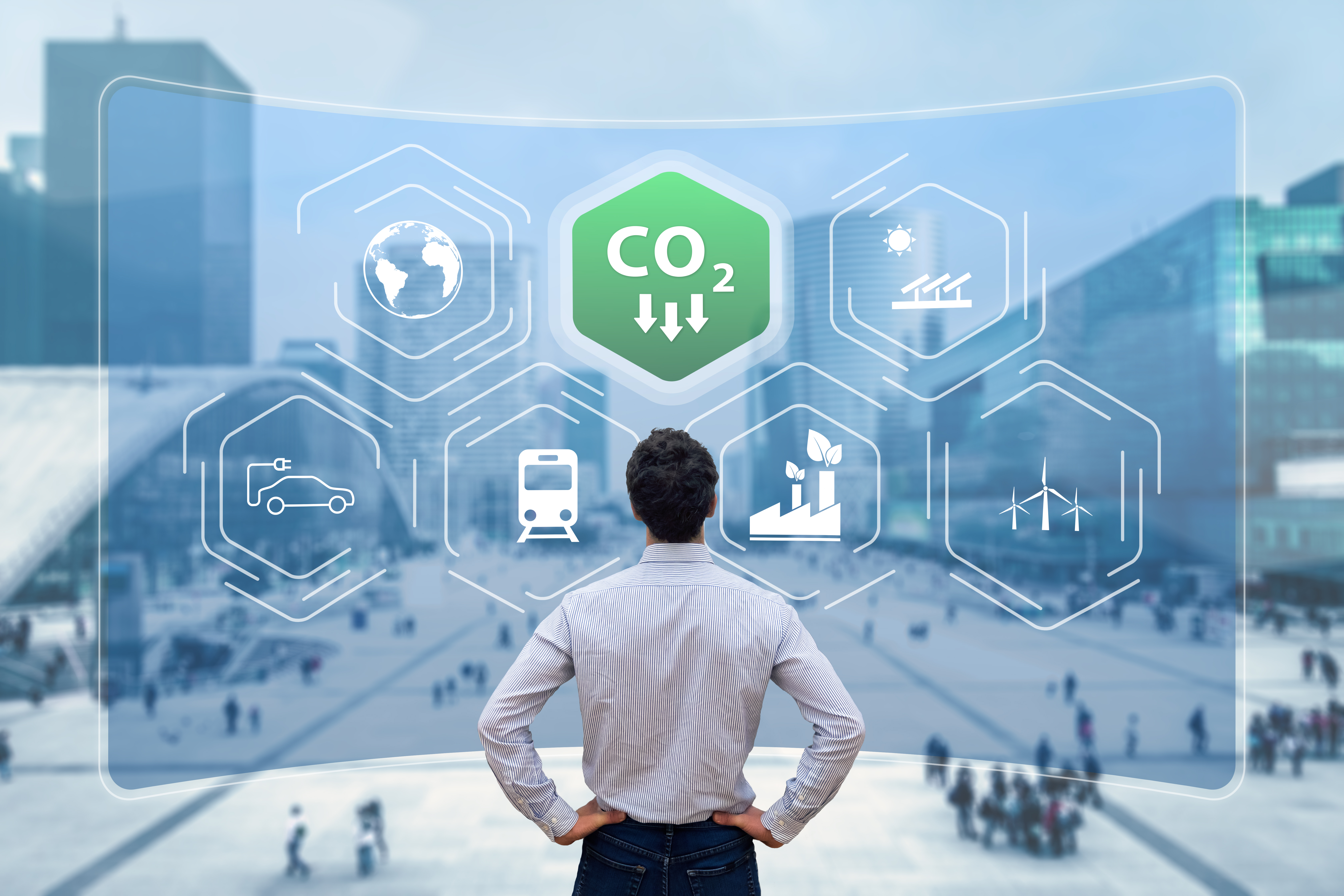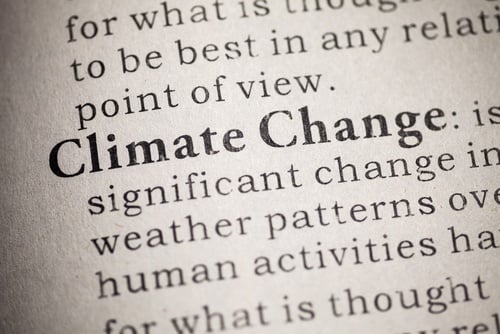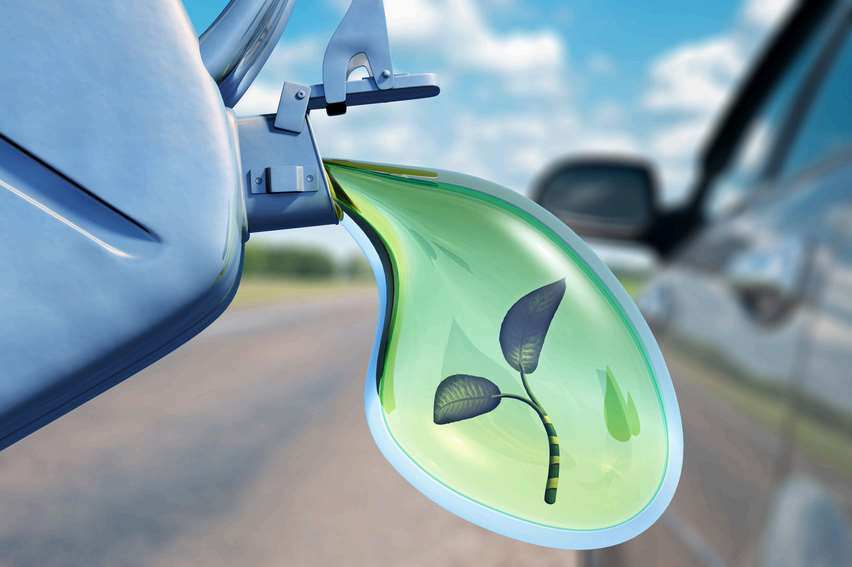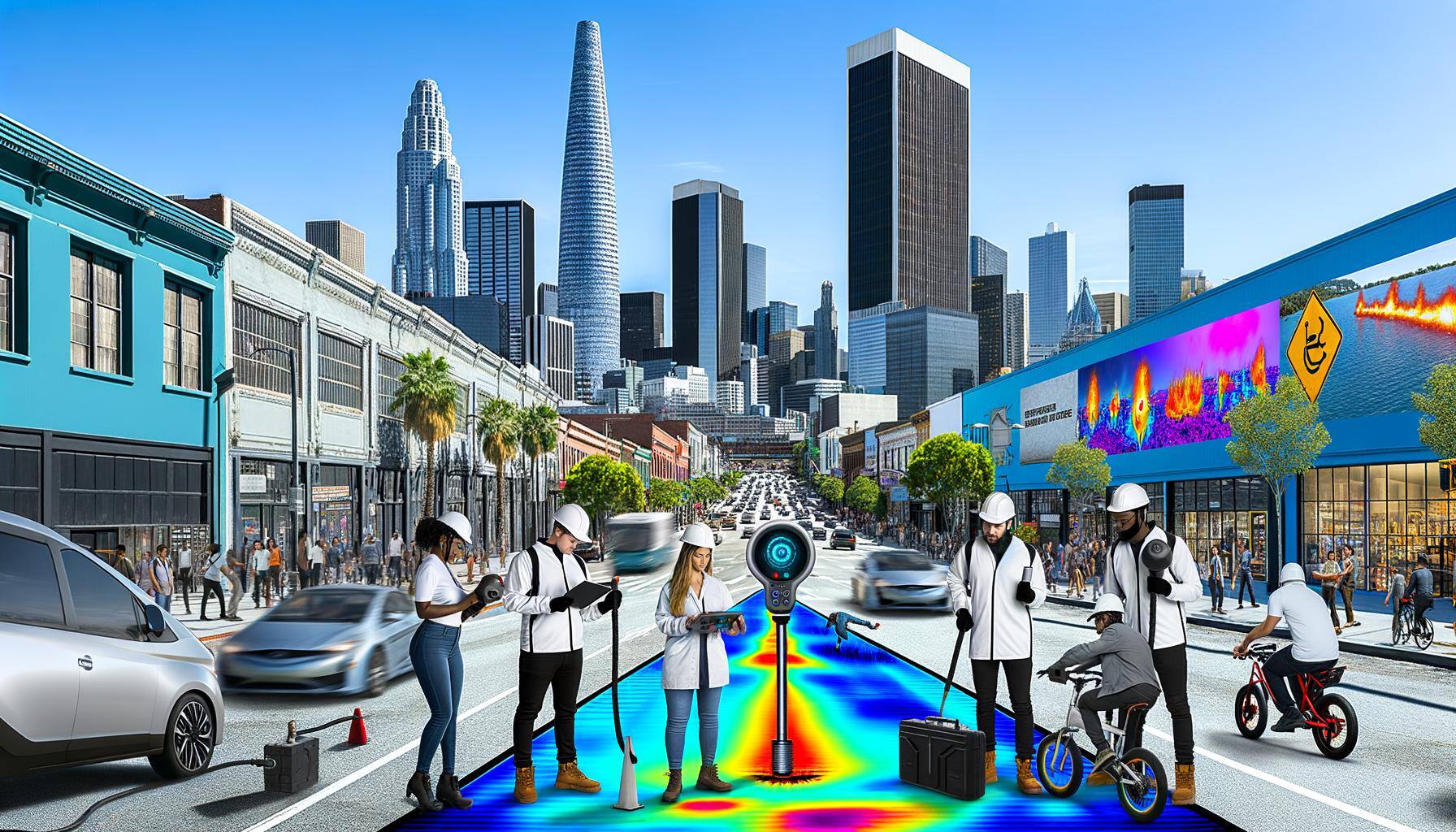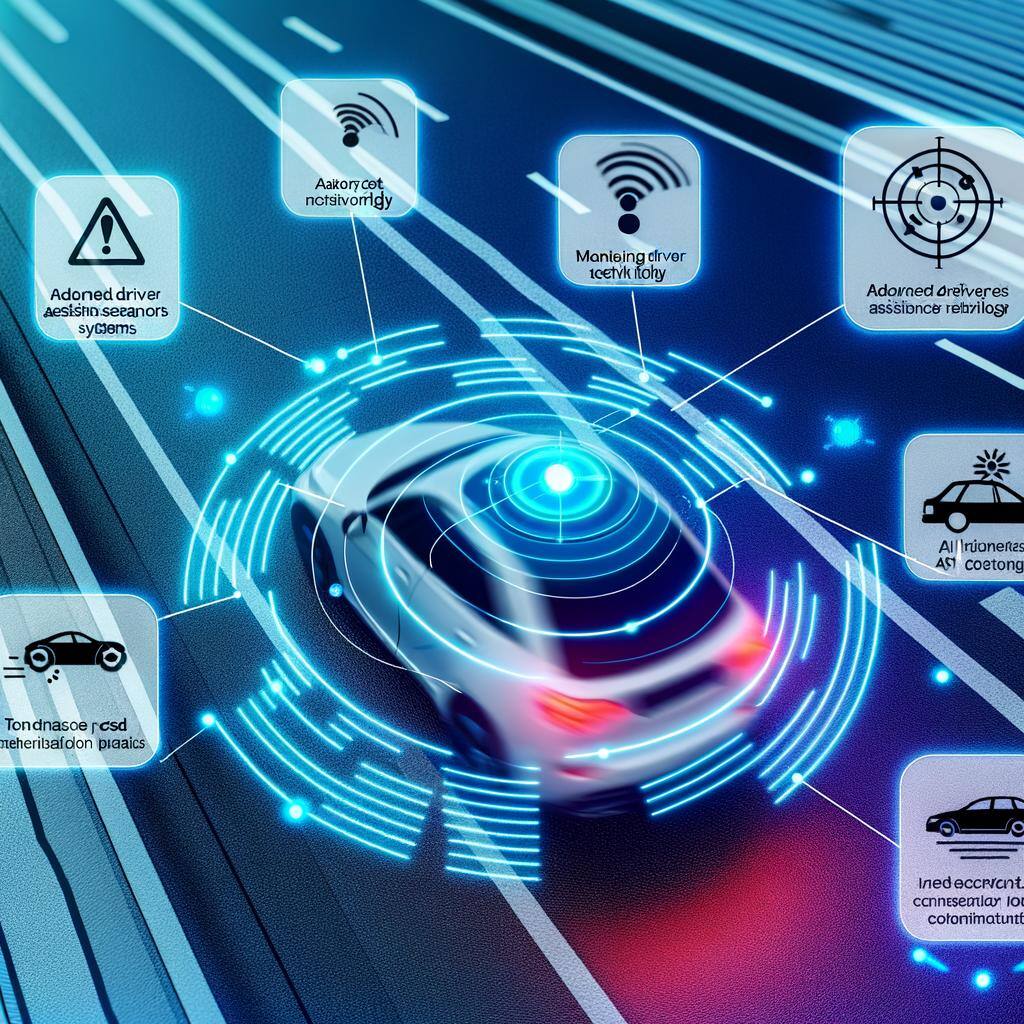The next chapter of Massachusetts Climate Change regulation kicks on January 1st with emissions and storage reporting requirements for the DEP due throughout 2025 ahead of the full enactment of the Clean Heat Standard kicking on in January 2026.
ESG & Industry Updates
MA Emissions Reporting Starts Jan 1 - Are You Ready?
Posted by Kelly Burke on Dec 19, 2024 11:33:52 AM
Topics: Massachusetts, Carbon Emissions, decarbonization, clean heat standard
Massachusetts passed a long awaited and much debated climate change bill this week and sent it to Governor Healey’s desk Thursday afternoon.
Topics: Massachusetts, Climate Change, renewable energy, environmental justice
IRA Act & Energy Credit Clarification Waiting on Election Cycle
Posted by Kelly Burke on Nov 4, 2024 4:15:00 AM
As we round into 2025, and the election day preceding it, we thought it would be helpful to highlight energy related tax, credit, and funding items that either have an expiration looming December 31, 2024, are slated to kick on January 1, 2025... OR that have their passage or continuation hanging in the balance depending on how the election goes. If you're in Massachusetts, there are a host of additional items on the horizon, by the way, the following are Federal Level items:
Topics: Biodiesel Tax Credit, Biodiesel, Carbon Emissions, Trump Administration, Biden Administration, Inflation Reduction Act, Carbon Capture, Clean Fuel Production Credit, renewable diesel
In early May of 2024, the New Jersey Township of North Brunswick conducted an initial trial of renewable diesel y fueling the township's DPW trucks with Neste MyRenewable Diesel. Now, all of North Brunswick's public fleet, including school busses, fire trucks, and backup generators are powered by renewable diesel. This move is projected use around 50,000 gallons a year and result in a reduction of GHG emissions by 470 tons annually.
Topics: Carbon Emissions, renewable energy, renewable diesel
Topics: EPA, agriculture, Clean Water Act
The Clean Fuel Production Credit is part of the Inflation Reduction Act passed in 2022. The Act includes substantial provisions for climate initiatives including the aforementioned credit, and multiple provisions regarding EV incentivization.
Topics: Biodiesel Tax Credit, Biodiesel, Climate Change, Carbon Emissions, renewable energy, Inflation Reduction Act, Clean Fuel Production Credit
The Biodiesel Blender Tax Credit is set to expire at the end of 2024, at which point it will be replaced by the Clean Fuel Production Credit. The Clean Fuel Production credit (somewhat obviously) accrues credit to producers of clean transportation fuels produced at approved facilities for approved uses and does NOT carry through to blenders of clean transportation fuels like biodiesel and renewable diesel.
Topics: Biodiesel Tax Credit, Biodiesel, Carbon Emissions, renewable energy, Clean Fuel Production Credit
Uncovering the Hidden Culprit of Urban Methane Emissions
When we think of methane emissions, our minds often leap to images of sprawling agricultural lands or the vast, mechanical expanse of fracking sites. Yet, nestled within the heart of our cities, an invisible culprit lurks—aging natural gas pipelines. A recent study by Harvard University sheds light on this urban nemesis, revealing that Boston alone loses a staggering 15 billion cubic feet of natural gas annually due to leaks. This isn't just a financial headache to the tune of $90 million each year; it's an environmental crisis, with urban leaks emerging as a significant source of methane emissions.
Topics: natural gas, Massachusetts, methane, environmental justice
AI is revolutionizing both fleet management and office operations by making them more automated and efficient. These days, most of us are familiar with the cutting-edge safety features in new cars. Advanced driver assistance systems leverage AI algorithms to detect potential dangers, provide real-time alerts to drivers, and even take corrective actions to prevent accidents. This technology significantly enhances the safety of both drivers and passengers by reducing the risk of accidents caused by human error.
Topics: Safety, Safe Driving Policy, Oil & Energy Magazine, AI
Subscribe to Email Updates
Recent Posts
Posts by Topic
- Carbon Emissions (42)
- Climate Change (32)
- renewable energy (30)
- Oil & Energy Magazine (26)
- EPA (24)
- Massachusetts (21)
- Biden Administration (18)
- decarbonization (15)
- Biodiesel (12)
- natural gas (12)
- EPA Mandate (11)
- RFS (11)
- Biofuels (10)
- Keystone XL (10)
- Solar (10)
- methane (10)
- Clean Energy (8)
- Energy Independence (8)
- Energy Infrastructure (8)
- Safety (8)
- Biodiesel Tax Credit (7)
- Emissions (7)
- Ethanol (7)
- offshore wind (7)
- Cellulosic Ethanol (6)
- EV Charger (6)
- RINs (6)
- environmental justice (6)
- ev (6)
- Fracking (5)
- Inflation Reduction Act (5)
- Technology (5)
- Trump Administration (5)
- US Crude Exports (5)
- electric vehicles (5)
- maine (5)
- tesla (5)
- ACT (4)
- Mass DOER (4)
- TransCanada (4)
- Utility Rates (4)
- massachusetts biodiesel mandate (4)
- obama (4)
- paris accord (4)
- CARB (3)
- CRUDE (3)
- Carbon Capture (3)
- Clean Fuel Production Credit (3)
- E85 (3)
- Emergency Fuel (3)
- Massachusetts Clean Cities (3)
- Waste Feedstock Biodiesel (3)
- battery (3)
- clean power plan (3)
- fuel management (3)
- net-zero (3)
- remote tank monitoring (3)
- renewable diesel (3)
- solid state battery (3)
- AI (2)
- AVs (2)
- Bioheat (2)
- Commodities (2)
- Congress (2)
- Customer Service (2)
- DOT (2)
- EIA (2)
- Emergency Generator Program (2)
- HFCs (2)
- Hurricane Sandy (2)
- IMO 2020 (2)
- MIT (2)
- Marinas (2)
- New York (2)
- Refinery Closures (2)
- Safe Driving Policy (2)
- TCI (2)
- US Energy Boom (2)
- ZEV (2)
- autonomous vehicles (2)
- china (2)
- clean air act (2)
- coal (2)
- driver shortage (2)
- electricity rates (2)
- emergency response (2)
- environment (2)
- ferc (2)
- geothermal (2)
- hydro-electric (2)
- hydrogen (2)
- national grid (2)
- net metering (2)
- power plant emissions (2)
- railcar regulations (2)
- tariff (2)
- API (1)
- Air conditioning (1)
- Baiji Refinery (1)
- Blend Wall (1)
- Brent Crude (1)
- Brent vs WTI (1)
- CFCs (1)
- Cell Phone Policy (1)
- Clean Water Act (1)
- Election Results (1)
- Energy Efficiency (1)
- Environmental Impact Study (1)
- Environmentally Friendly Products (1)
- Ethanol Tax Credit (1)
- FEMA (1)
- Fiscal Cliff (1)
- Gas Tax (1)
- Gasoline Supply Crunch (1)
- Hazmat (1)
- Heat Tax (1)
- Highway Trust Fund (1)
- Holyoke (1)
- Hybrid (1)
- ISIS (1)
- Iraq (1)
- Kigali Amendment (1)
- MOC (1)
- Market analysis (1)
- Mayflower (1)
- Montreal Protocol (1)
- NORA (1)
- Natural Gas Pipeline Explosion (1)
- New Jersey (1)
- Oil Barrel Tax (1)
- PFC (1)
- Pegasus Pipeline (1)
- Propane Autogas (1)
- Stimulus (1)
- Syria (1)
- Tank Truck Safety Training (1)
- Tax Increases (1)
- Tier 3 Gasoline Standard (1)
- Times Square (1)
- VEEP (1)
- Workplace Risk (1)
- agriculture (1)
- algonquin pipeline (1)
- alternative energy (1)
- altwheels (1)
- astm (1)
- bionic leaf (1)
- bitcoin (1)
- boston (1)
- clean heat standard (1)
- covid-19 (1)
- energy storage (1)
- eversource (1)
- export ban (1)
- fixed pricing (1)
- fuel (1)
- fuel efficiency (1)
- fuel marketers news (1)
- gas leaks (1)
- heating oil (1)
- hurricane harvey (1)
- inflation (1)
- irving oil (1)
- marketing (1)
- nuclear (1)
- online fuel buying (1)
- ozone (1)
- photovoltaic (1)
- pilot program (1)
- pipeline (1)
- power plants (1)
- propane (1)
- renewable natural gas (1)
- russia (1)
- sanctions (1)
- senate (1)
- shale (1)
- social media (1)
- social media for business (1)
- space (1)
- tablets (1)
- tennessee pipeline (1)
- ukraine, (1)
- value added services (1)
- vineyard wind (1)

